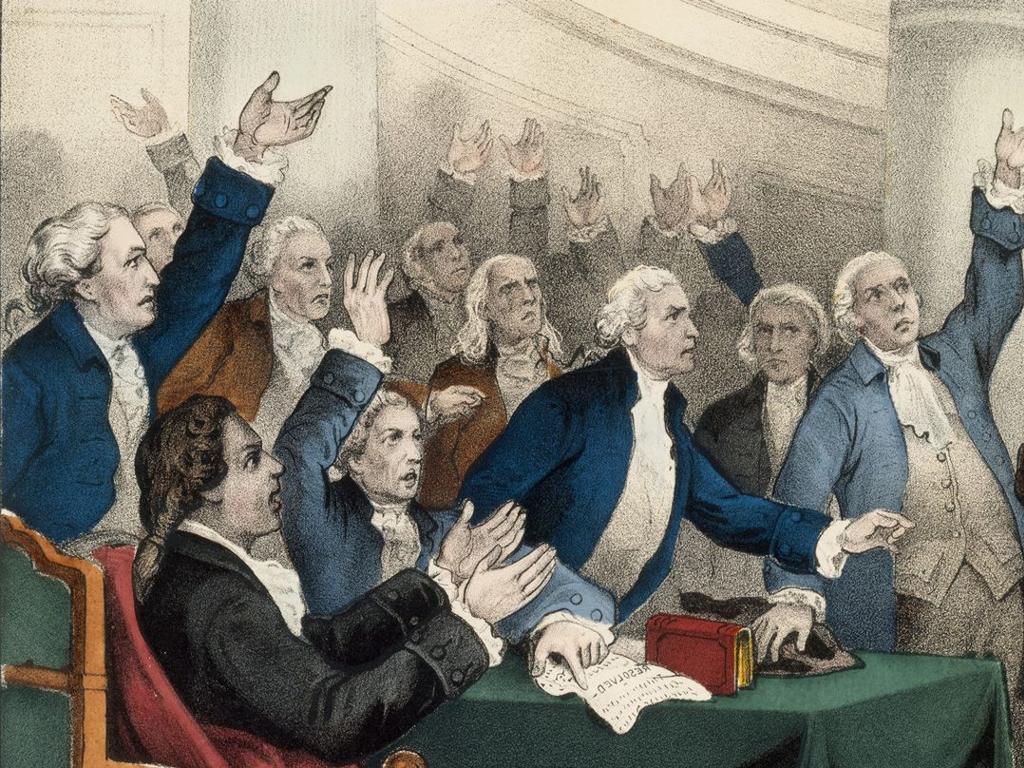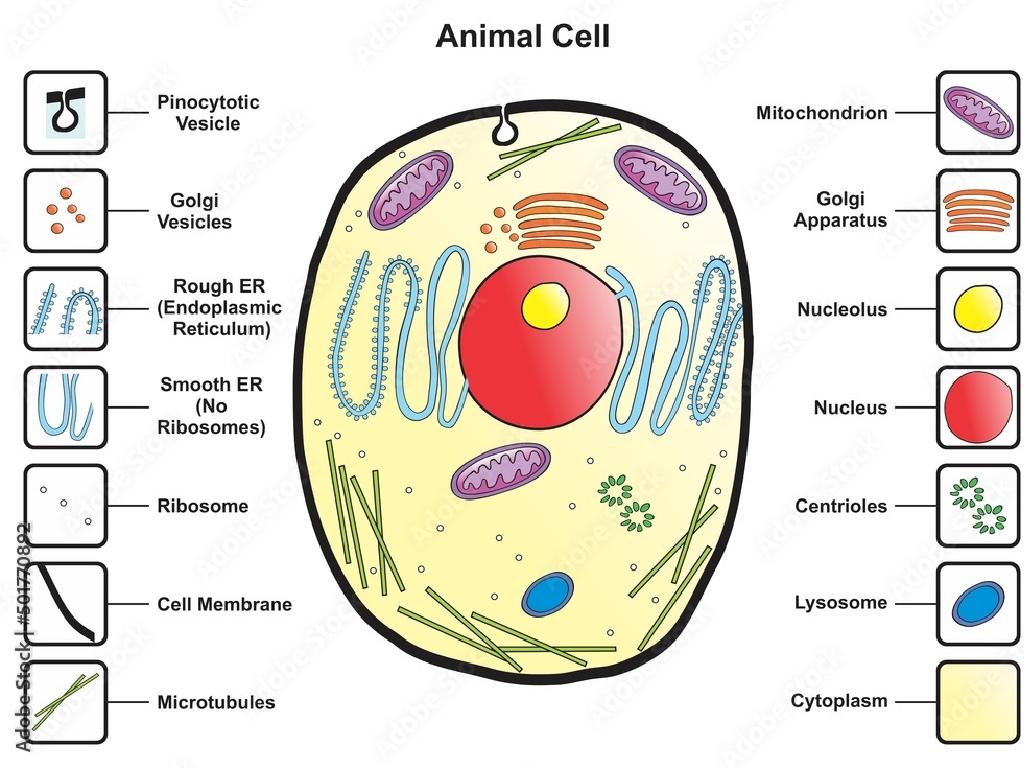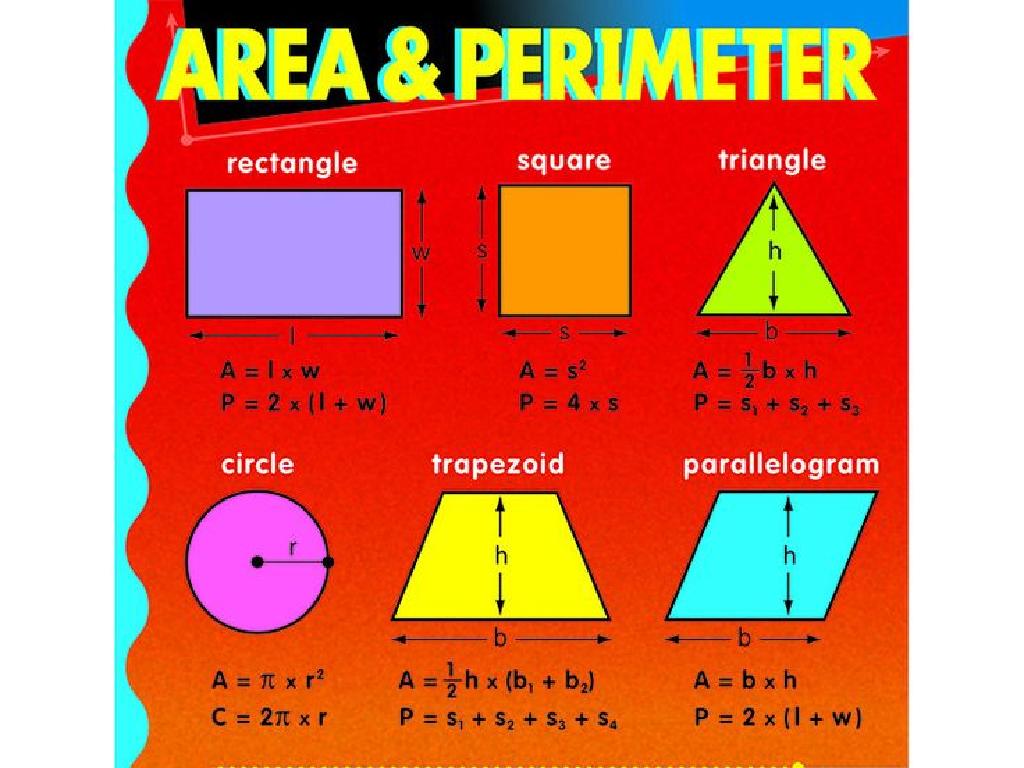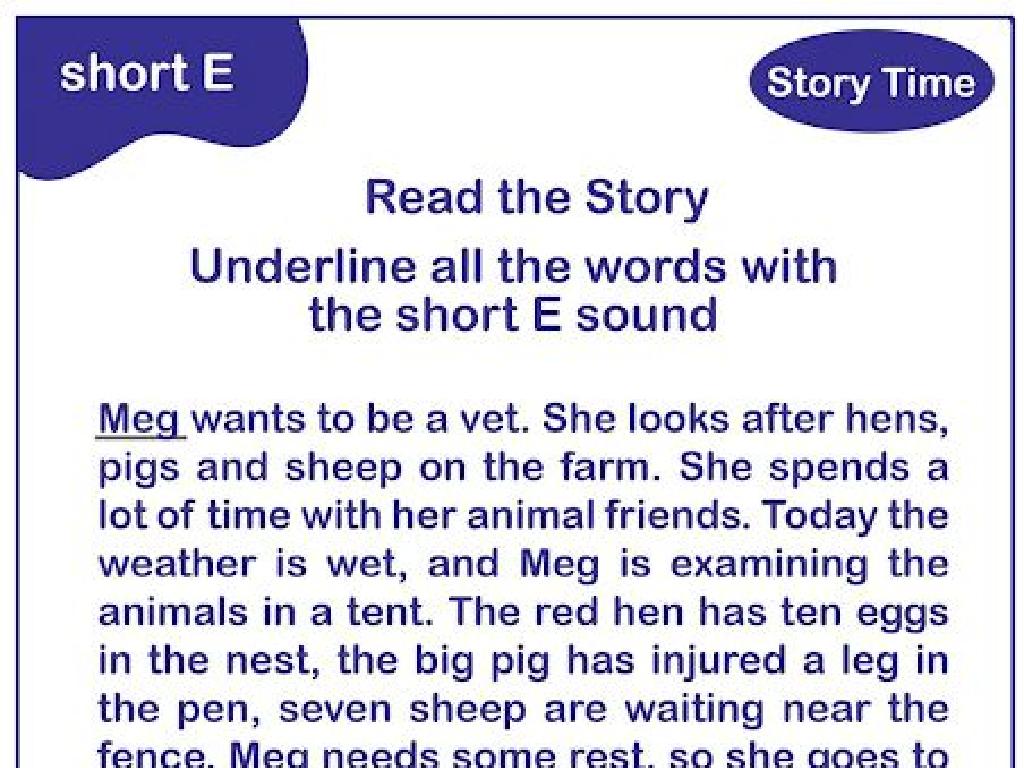Complete The Word With The Correct Initial Consonant Blend
Subject: Language arts
Grade: Second grade
Topic: Consonant Blends And Digraphs
Please LOG IN to download the presentation. Access is available to registered users only.
View More Content
Welcome to Consonant Blends!
– Learning about consonant blends
– What are consonant blends?
– Two or more letters together making one sound
– Examples: bl, cr, st
– ‘bl’ as in ‘black’, ‘cr’ as in ‘crisp’, ‘st’ as in ‘stop’
– Practice with fun activities
– We’ll use games to blend sounds and make words
|
This slide introduces the concept of consonant blends to second graders. Begin by explaining that consonant blends involve combining two or more consonants where each consonant’s sound is still heard. Provide clear examples using common blends such as ‘bl’, ‘cr’, and ‘st’, and show how they appear at the beginning of words. Engage the class with interactive activities where they can practice forming words with these blends. For example, have them blend sounds to form words, use magnetic letters to build words, or play matching games where they match blends to pictures. The goal is to make the learning process enjoyable and memorable.
Understanding Consonant Blends
– What’s a consonant blend?
– When 2+ consonants make a blend, but you hear each sound.
– Blends at word beginnings
– Look for blends at the start of words like ‘bl’ in block.
– Each sound is distinct
– Even in a blend, each consonant sound is heard clearly.
– Practice listening to blends
|
Introduce the concept of consonant blends to the students by explaining that when two or more consonants are combined, each consonant’s sound can still be heard. Emphasize that these blends often appear at the beginning of words. Provide examples by pronouncing common blends such as ‘bl’, ‘st’, ‘cr’, and ‘fl’. Encourage students to listen carefully and repeat after you to practice distinguishing the individual sounds within the blend. This will help them recognize and pronounce blends correctly when they encounter them in words.
Listening to Blends
– I’ll say a blend; you repeat it
– Practice with: bl, cl, fl, gl
– Examples: bl as in ‘black’, cl as in ‘clap’
– Listen for both letter sounds
– Ensure you can hear ‘b’ and ‘l’ in ‘bl’
– Understand each sound in the blend
– Recognize how blends differ from single sounds
|
This slide is designed to help students practice listening and repeating consonant blends. It’s crucial for them to understand that in blends, unlike digraphs, both letter sounds are heard. Start by clearly pronouncing each blend and have the students echo them back. Use common words as examples to illustrate each blend. Encourage the students to articulate both sounds distinctly. This exercise will help them in recognizing and forming blends when they read and write. For the activity, consider having students come up to the front to demonstrate, or work in pairs to practice. Reinforce the concept that blends are made of two consonants that are said together, with each retaining its sound.
Identifying Initial Consonant Blends
– Understanding word blends
– Examples: block, clap, flag
– ‘bl’ in block, ‘cl’ in clap, ‘fl’ in flag
– Spot the blend in words
– Look at the start of each word for blends
– Practice with more examples
– Try with ‘sn’ in snack, ‘gr’ in grass
|
This slide is aimed at helping second-grade students recognize initial consonant blends in words. A consonant blend is when two or more consonants are blended together, but each sound can be heard in the blend. Start by explaining what blends are and then show examples with visual aids if possible. Encourage the students to pronounce the words and listen for the initial sounds that are blended together. After going through the examples, engage the class in a practice activity where they identify blends in additional words. This could be done through a game or worksheet where they circle or color-code the blends they find in a list of words.
Matching Blends with Pictures
– Look at the picture shown
– Guess the initial consonant blend
– What blend matches ‘tree’?
– Think: What sound starts the word?
– Correct blend is ‘tr’ for tree
– ‘tr’ makes the sound as in ‘truck’, ‘triangle’
|
This slide is part of an interactive class activity designed to help students recognize and understand initial consonant blends. Display a picture of a tree and ask the students to guess the blend that corresponds with the picture. The goal is for them to identify that the ‘tr’ blend is the beginning sound in ‘tree’. Reinforce the blend by providing additional examples like ‘truck’ and ‘triangle’. Encourage students to articulate the ‘tr’ sound and praise correct answers to build confidence. Prepare a series of pictures that represent different consonant blends to continue the activity and ensure engagement from all students.
Practice Time: Consonant Blend Challenge
– Complete words with blends
– Example: _oom -> broom
– ‘br’ blends to form ‘broom’
– Pair up for practice
– Find a buddy to work with
– Fill in the blanks together
– Use your consonant blend knowledge
|
This slide is designed for a fun and interactive class activity. Students will practice identifying and using initial consonant blends to complete words. Start by explaining that a consonant blend is when two or more consonants are blended together, but each sound can be heard in the blend. Provide the example on the slide, then have students pair up. Distribute worksheets with incomplete words for students to work on together. Encourage them to sound out the blends and try different combinations until they find the correct one. Possible activities for different pairs could include: finding blends in a word search, matching blends to pictures, or creating a mini-story using words with the blends they’ve practiced.
Let’s Review: Consonant Blends
– What’s a consonant blend?
– Two or more consonants combined, each sound is heard, like ‘bl’ in block
– Examples of consonant blends
– ‘st’ in star, ‘cr’ in crab, ‘fl’ in flower
– Why learn about blends?
– Helps in reading, spelling, and pronunciation
|
This slide aims to recap the concept of consonant blends for second graders. Begin by defining a consonant blend as a group of two or more consonants where each consonant’s sound is still heard, like ‘bl’ in ‘block’ or ‘cl’ in ‘clap’. Provide examples that the children can easily relate to and pronounce. Emphasize the importance of learning about consonant blends as it aids in improving their reading fluency, spelling accuracy, and correct pronunciation of words. Engage the class by asking them to come up with more examples and to listen for the individual sounds in each blend. This foundational knowledge will support their language arts skills development.
Class Activity: Blend Bingo!
– Let’s play Blend Bingo together
– Listen for words and match blends
– Blends are two letters that make a sound, like ‘bl’ in ‘block’
– Find blends on your bingo card
– Five in a row to win the game!
|
This interactive game is designed to help students recognize and understand consonant blends in a fun and engaging way. Prepare bingo cards in advance with various consonant blends. As you call out words, students will look for the initial consonant blend on their cards. This activity not only reinforces their knowledge of blends but also encourages careful listening and quick thinking. Possible variations of the game could include using blends in the middle or end of words, depending on the students’ proficiency levels. Ensure that every student understands the rules and has a fair chance to participate and win.






